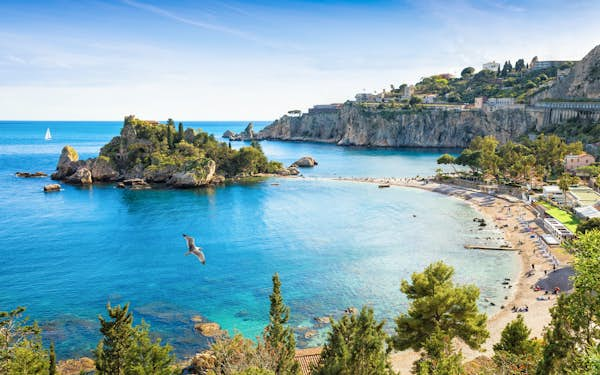
The idea of winter in Europe is not so bad: frosty forest trails, snow-capped mountains and mulled wine at Christmas markets all sound lovely. But after months of gloomy clouds, biting winds and grey sludge with a side of hail, we can’t blame you for dreaming of a warmer getaway.
Luckily, you don’t have to go far: Europe’s southern reaches can provide plenty of blue skies, sunshine and mild (albeit not tropical) temperatures year-round. What’s more, traveling in the low season means accommodation and car rental can be gloriously cheap, while beaches and local attractions are crowd-free.
Here are the best and sunniest spots for a European winter vacation. Feel your toes thawing out already?
Forge new connections on your next adventure with the latest advice from our weekly newsletter. 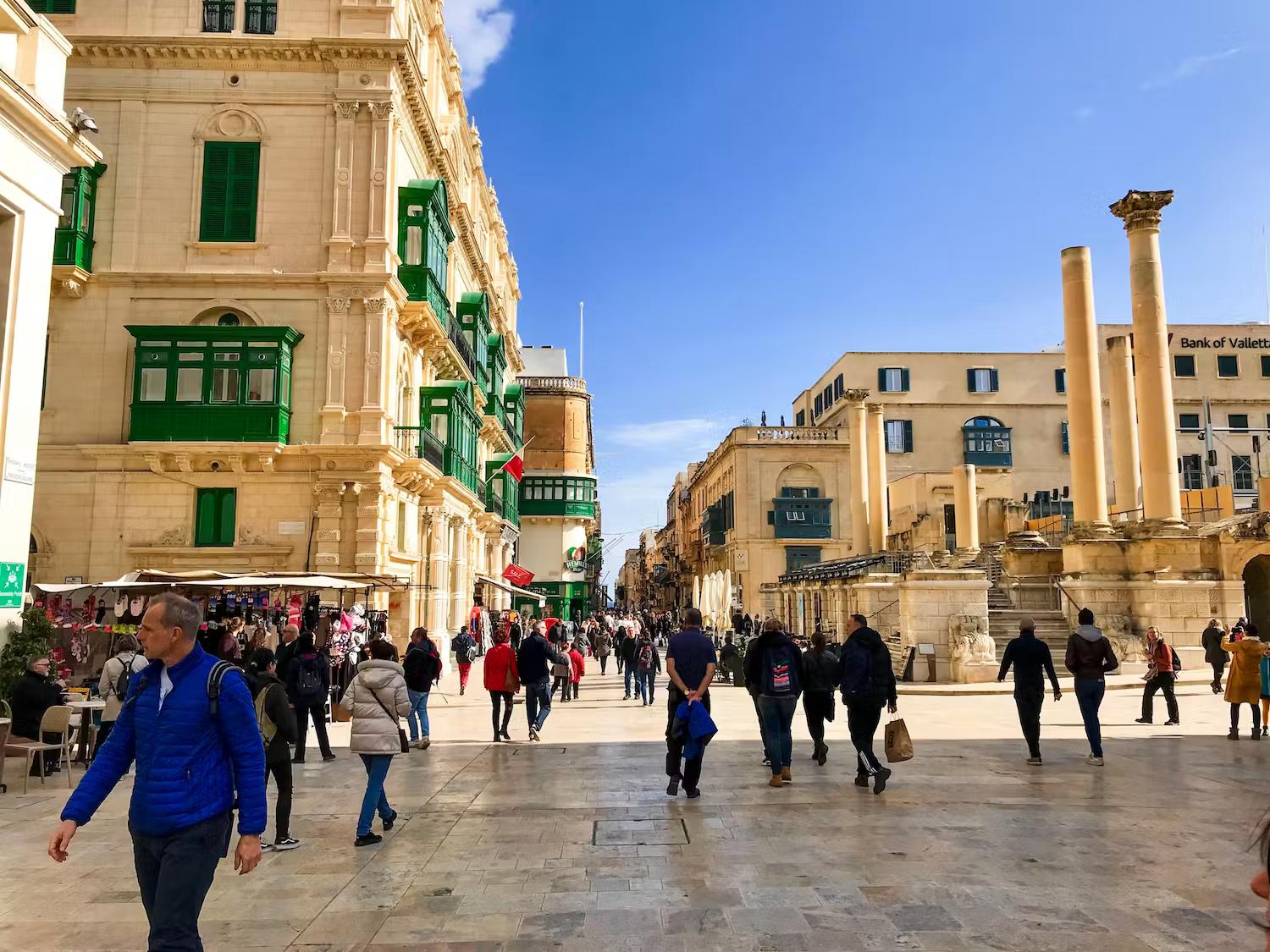 Historic Valletta is charming, bustling and sunny all year long © Anatoly Vartanov / Shutterstock
Historic Valletta is charming, bustling and sunny all year long © Anatoly Vartanov / Shutterstock
1. Malta
Discover green countryside, culture and history
Malta can be scorching in summer, so the cooler days of winter (with temperatures rarely below 50°F/10°C) are perfect for exploring the great outdoors. Rock climbing and hiking are particularly pleasant in the off season, as the rural landscape is at its greenest. Culture and history buffs should catch a winter-solstice sunrise on December 21 at Mnajdra Temple, where the sun accurately lights up the edges of a megalith. And the Maltese Carnival in February promises parades and late-night parties.
Rainy-day rescue: If you need to seek shelter, choose a space that shimmers. The baroque interior of St John’s Co-Cathedral in Unesco-listed Valletta offers a dazzling way to ride out a rain shower.
 Explore the Tombs of the Kings in Cyprus © wundervisuals / Getty Images
Explore the Tombs of the Kings in Cyprus © wundervisuals / Getty Images
2. Cyprus
Revel in the Mediterranean’s warmest winter
With more than 340 days of sunshine a year, Cyprus is your best bet for a warm winter in the Mediterranean. While snow glitters on the peaks of the Troödos mountains (skiers, take note), coastal areas, particularly in the east, stay warmer and drier. Stay in Larnaka to spot flamingos dancing around their winter home on the nearby salt lake before heading west for historic treasures such as the Tombs of the Kings and Ancient Kourion.
Rainy-day rescue: Spend a wet afternoon among the ancient artifacts of the Cyprus Museum in Nicosia, or find a cozy taverna for a long Cypriot feast.
![]() If you can handle the chilly water, winter is the best time for surfing in the Algarve © PIXEL to the PEOPLE / Shutterstock
If you can handle the chilly water, winter is the best time for surfing in the Algarve © PIXEL to the PEOPLE / Shutterstock
3. The Algarve, Portugal
Soak up more than 300 days of sunshine a year
The Algarve is an increasingly popular winter sun destination, with its more than 300 days of sunshine a year and 87 blue-flag beaches. Winter brings waterfalls to life in the eucalyptus-filled Monchique Mountains. Migrating birds flock to Ria Formosa Natural Park. And popular Quinta do Lago Beach is blissfully quiet. If you can handle sea temperatures of 57°F (14°C), now is the time to surf – while golfers are spoiled for choice, too. Work up an appetite before finding dinner in the whitewashed towns of Faro, Lagos or Tavira.
Rainy-day rescue: The interior of São Lourenço church near Loulé is an azulejo-lover’s dream. The ornate blue tiles here cover almost every inch, floor to ceiling.
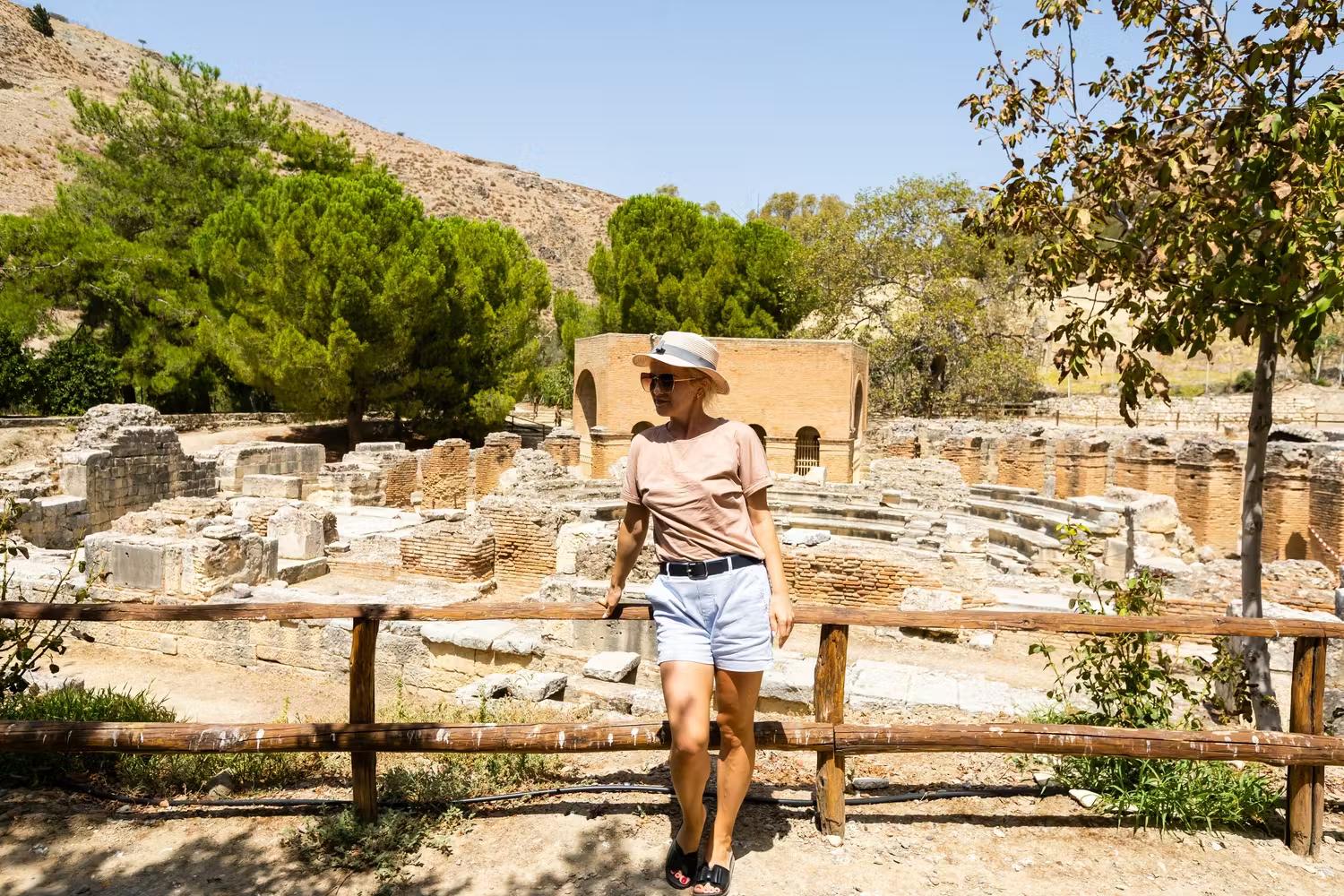 Explore Crete in winter for a quieter side of the island © Andrew Angelov / Shutterstock
Explore Crete in winter for a quieter side of the island © Andrew Angelov / Shutterstock
4. Crete, Greece
Have deserted resort towns all to yourself
In winter you’ll need to fly via Athens to reach Crete. While many resort towns will be pretty much deserted, you can base yourself in Heraklion or Haania for a sense of low-season life (and the chance to find open restaurants) before hiring a bargain rental car for an island road trip. On sunny days you might find you have the pink-tinged sands of Elafonisi or the Palace of Knossos all to yourself. Temperatures can reach highs of 61°F (16°C) in January, but the nights are much colder, so pack layers. Still chilly? An evening with a bottle of local raki should warm you up nicely.
Rainy-day rescue: Uncover five millennia of history at Heraklion Archaeological Museum, one of the best museums in Greece.
 Sicily’s food-market stalls are stuffed with fresh seasonal produce all year round © gary yim / Shutterstock
Sicily’s food-market stalls are stuffed with fresh seasonal produce all year round © gary yim / Shutterstock
5. Sicily, Italy
Retrace season two of The White Lotus, location by location
If you binged The White Lotus, you can explore stunning Sicily the same way the cast of the second season did: in the off-season. (The cast and crew took over the deluxe San Domenico Palace hotel in Taormina for much of the winter and spring of 2022.) Winter is indeed a colorful season on this magical island: citrus trees are heavy with ripening oranges, lemons and limes; food market stalls in Catania and Palermo creak under the weight of fresh vegetables, fish and seasonal walnuts; and all over the island people are preparing for Carnevale (which takes place this year on February 19). While the weather can change at the drop of a blood orange, eight hours of sunshine a day and average highs reaching double those in London make it worth taking your chances.
Rainy-day rescue: Villa Romana del Casale is home to the most significant collection of Roman floor mosaics in the world – and the wooden roof protects them (and you) from the elements.
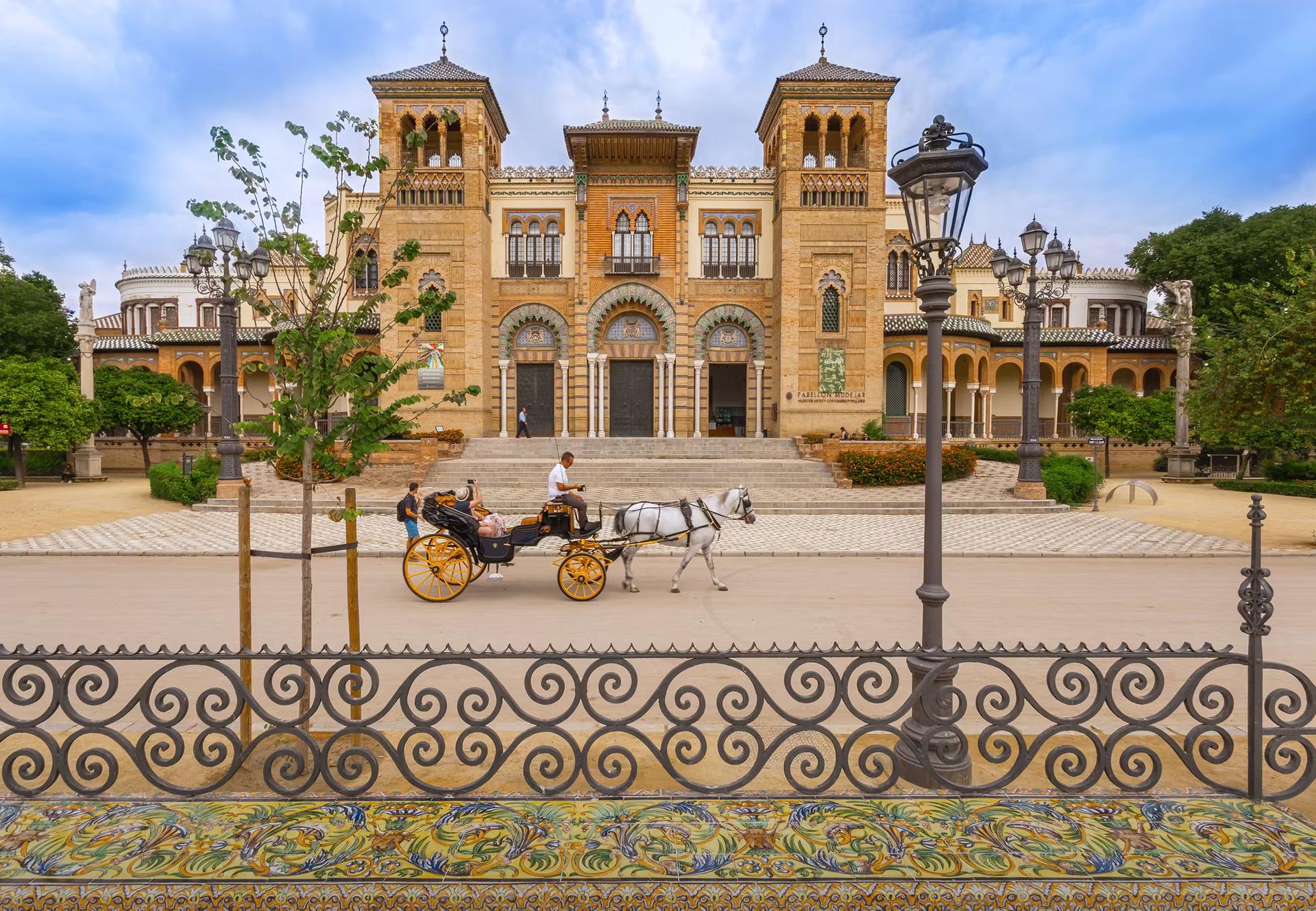 Head to Seville for sunshine © BAHDANOVICH ALENA / Shutterstock
Head to Seville for sunshine © BAHDANOVICH ALENA / Shutterstock
6. Seville, Spain
Immerse yourself in Mudéjar style, and sunshine
If you want a winter city break, look no further than Seville. Temperatures often rise to 63°F (17°C), with at least six hours of sunshine a day (though packing an umbrella is always wise). Top sights like the Plaza de Espana and the Real Alcázar feature indoor areas and outdoor delights, allowing you bask in the sunshine and hide from a passing shower. Enjoy a sunset stroll along the modern Metropol Parasol, known locally as Las Setas.
Rainy-day rescue: Take a tour of Seville’s stunning Cathedral, or stamp, tap and shimmy through the Flamenco Dance Museum, where you can also arrange a lesson or watch the pros perform.
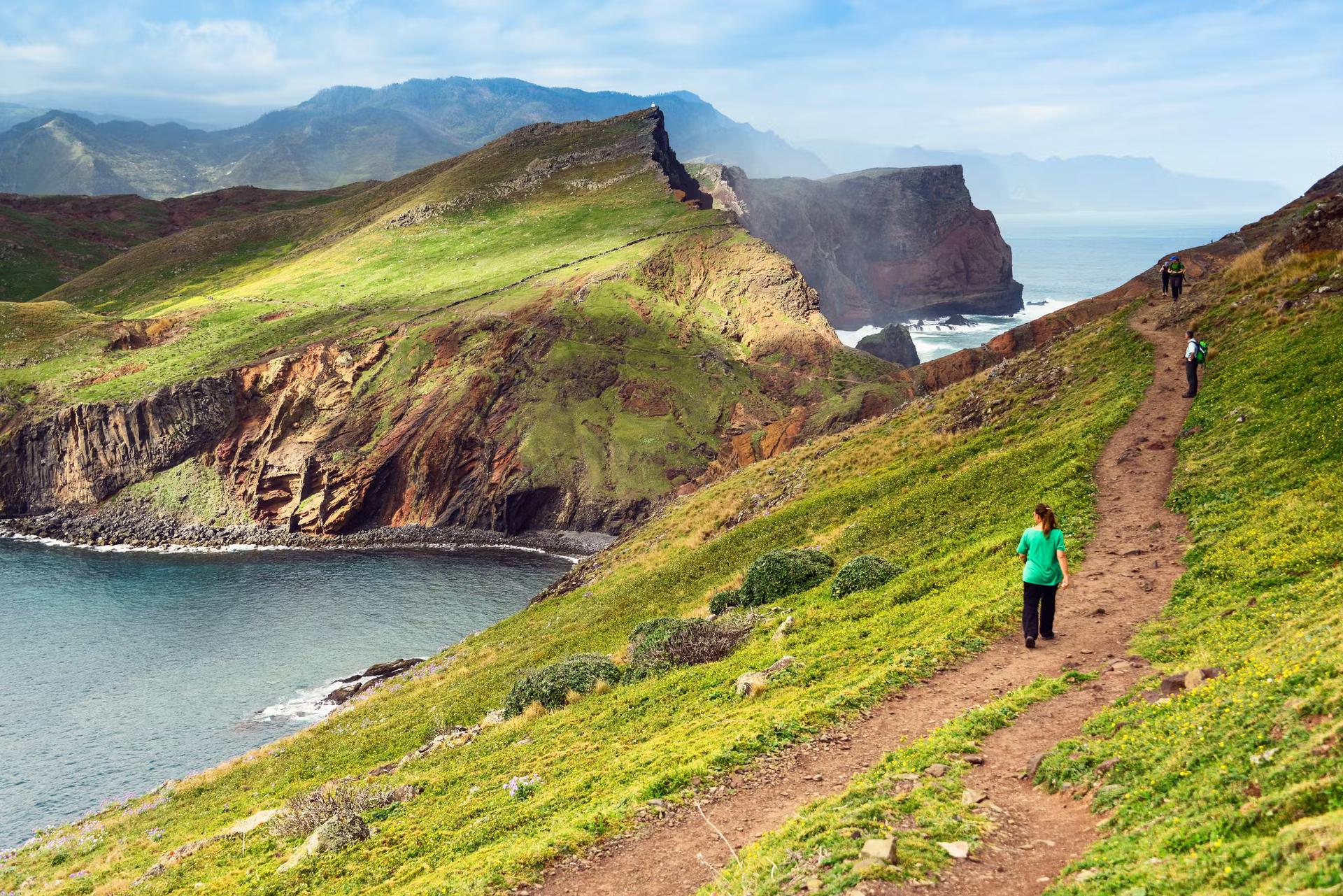 The temperatures on Madeira are much more comfortable for hiking in winter © Maya Karkalicheva / Getty Images
The temperatures on Madeira are much more comfortable for hiking in winter © Maya Karkalicheva / Getty Images
7. Madeira, Portugal
Here, it’s always “eternal spring”
An island region of Portugal north of the Canaries, Madeira is known for its “eternal spring.” Mild winters are standard, with temperatures rarely dropping below 57°F (14°C). Beaches are rocky but the sea is warm, so pack your swimsuit – or join a dolphin- and whale-spotting tour. If you prefer dry land, Madeira’s rugged interior is ideal for hiking. Follow a trail along a levada – an ancient network of channels that distributed water around the island for over a century that are these days sources of hydropower.
Rainy-day rescue: Relax with afternoon tea while watching the rain fall. Belmond Reid’s Palace in Funchal has welcomed Winston Churchill and Roger Moore (aka James Bond) in its time – why not you, too?
8. Turquoise Coast, Turkey
Admire the crystal-clear waters – without the crowds
Turkey’s Turquoise Coast is a tourist magnet in summer – perhaps it has something to do with the shade of that water – but when the crowds have dispersed, there’s nothing but you, those views and an average of 10 hours of sunshine a day. Moderate temperatures mean hiking is nowhere near as sweaty as it would be in August – so why not tackle some of the 335-mile (540km) Lycian Way? The route winds between Fethiye and Antalya, passing countless ancient ruins and clifftop wonders including the Levissi ruins, ancient Patara and the (mostly) sunken city of Simena.
Rainy-day rescue: Warm up, give your legs a rest and enjoy a treatment at a hammam (Turkish bath), found in most major towns.
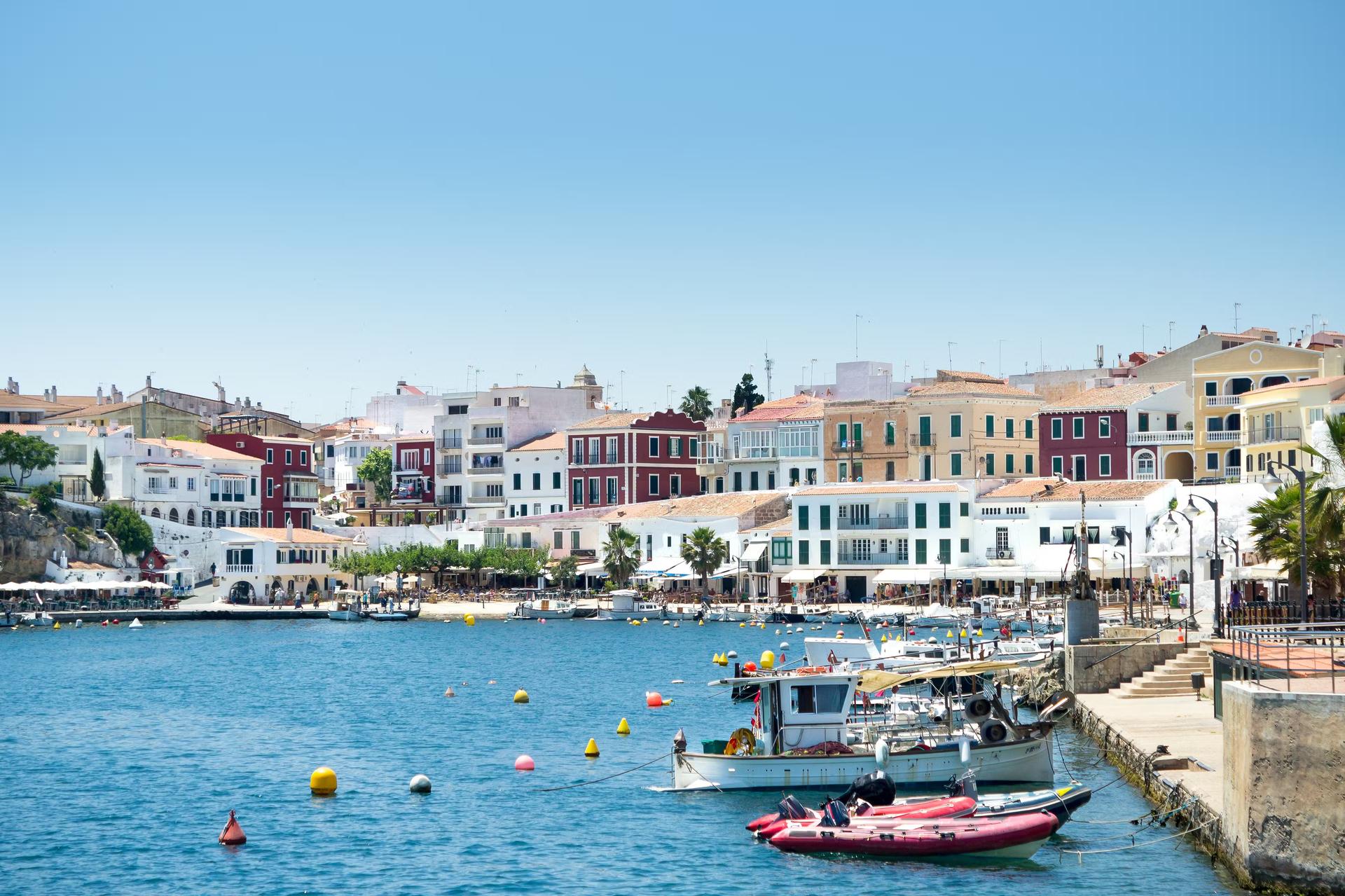 Head to Menorca for relaxation © Getty Images/iStockphoto
Head to Menorca for relaxation © Getty Images/iStockphoto
9. Balearic Islands, Spain
Frolic on epic beaches and watch peerless sunsets
Spain’s islands are adored by summer holiday makers but are just as lovable come winter. The pumping beats and party crowds in Ibiza have left – but the epic sunsets and beaches remain. Culture-packed Mallorca, meanwhile, is quieter and cheaper. Lesser-visited Menorca lures nature fans with walker-friendly weather and the Camí de Cavalls coastal path, while tiny Formentera beckons those who want true seclusion.
Rainy-day rescue: If you’re going to get wet, you may as well go diving. Sea temperatures allow for diving around the Balearics’ caverns and shipwrecks year-round.
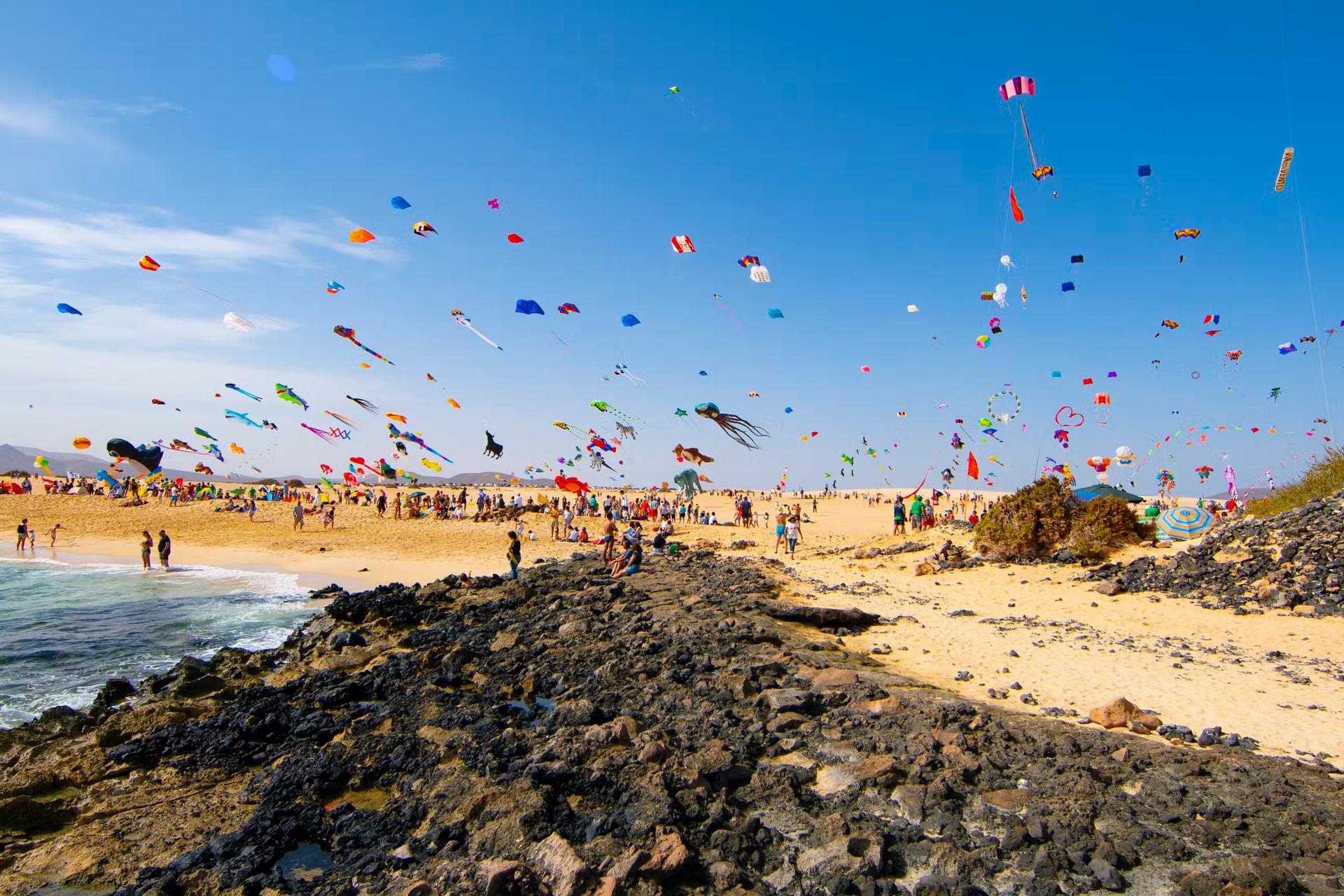 Fuerteventura’s annual International Kite Festival is a colorful sight in winter © imv / Getty
Fuerteventura’s annual International Kite Festival is a colorful sight in winter © imv / Getty
10. Canary Islands, Spain
Take to the waves, dunes and hidden coves
Want sand dunes and hidden coves, volcanic national parks and forested mountains? How about colorful villages, tempting restaurants and watersports galore? It’s all here, all year. Tenerife and Gran Canaria are generally the warmest of the islands in winter with highs around 71°F (22°C). Lanzarote and Fuerteventura can be a little windy – which isn’t necessarily a bad thing if you’re heading there to surf. Lesser-known La Gomera, La Palma and El Hierro will feel even more off-the-radar than usual.
Rainy-day rescue: Let the weather slow you down: book an appointment at one of the islands’ many spas for a massage, followed by a trip to a local vineyard or bar to taste local wines.


